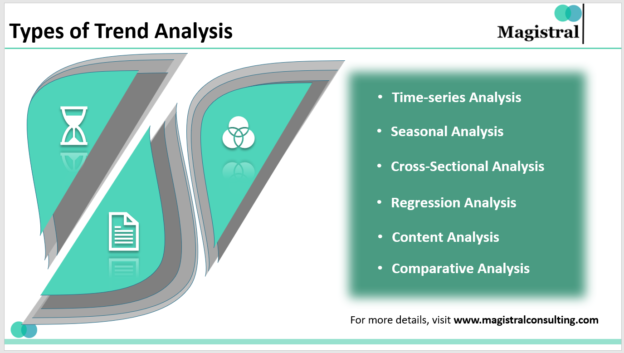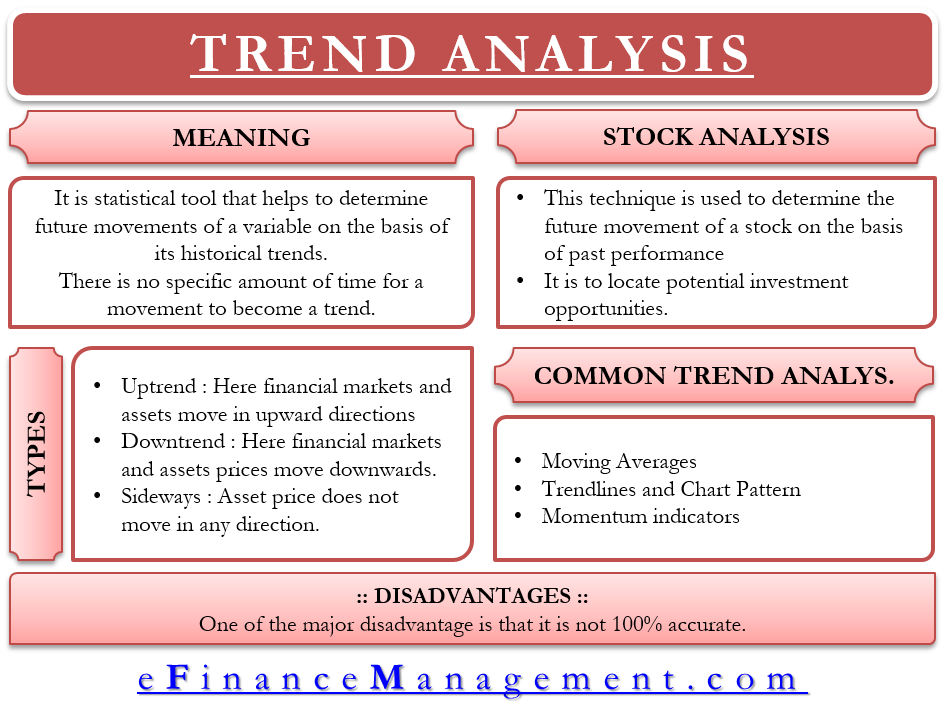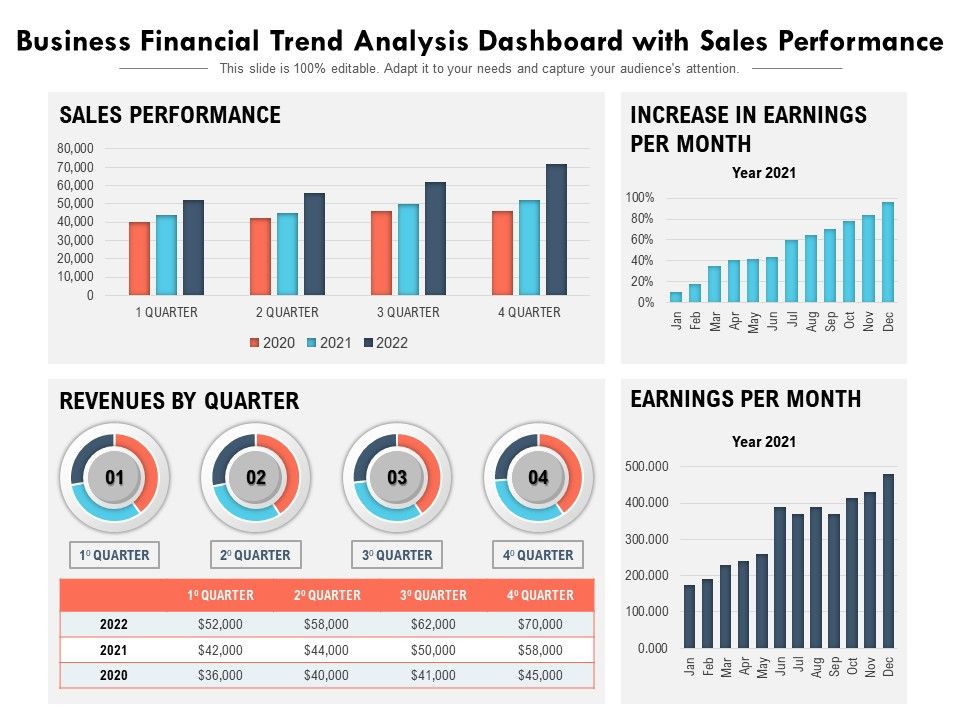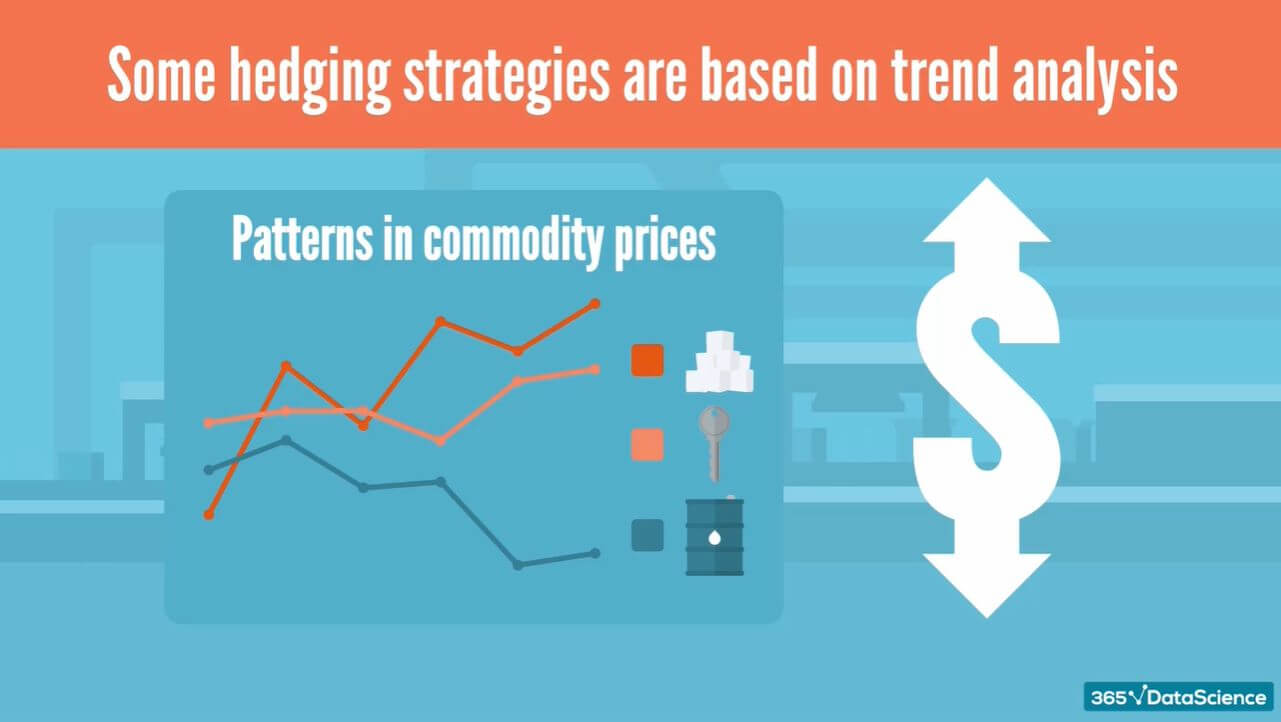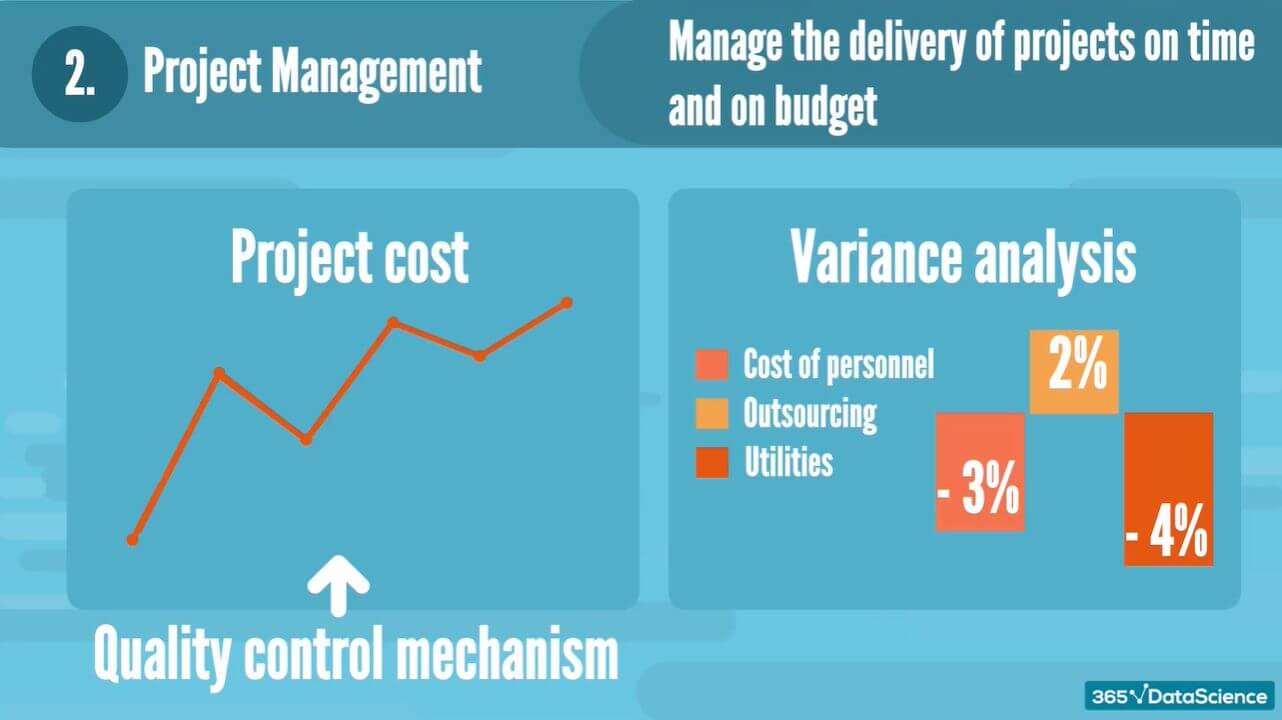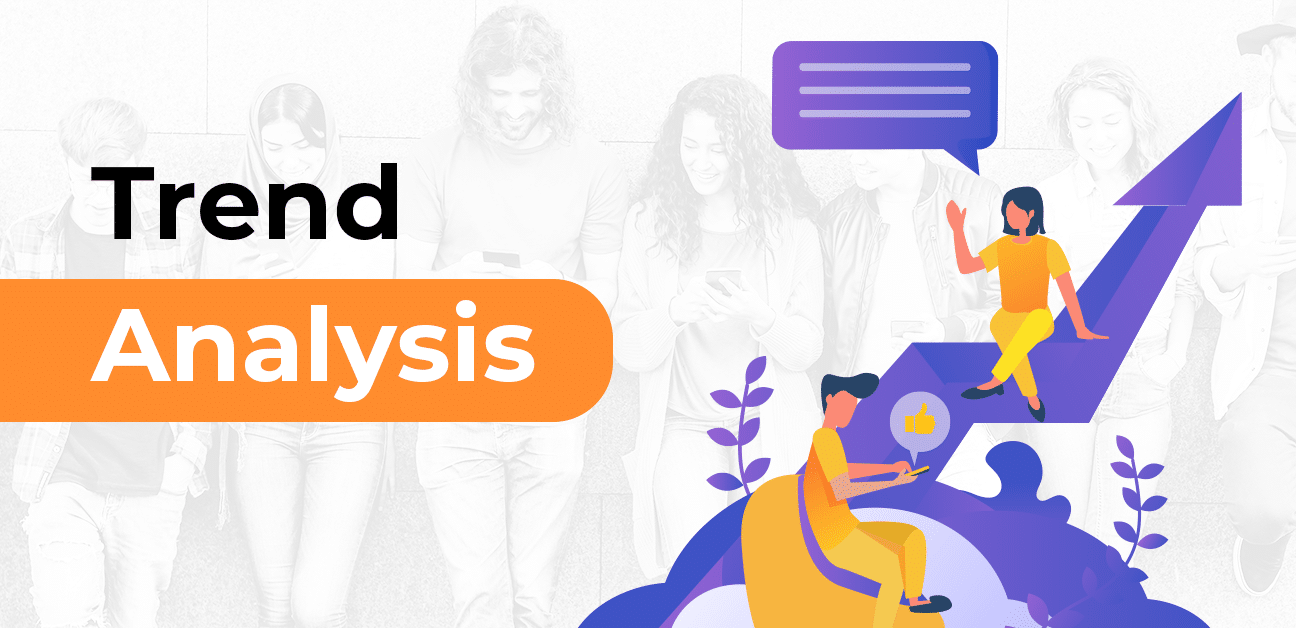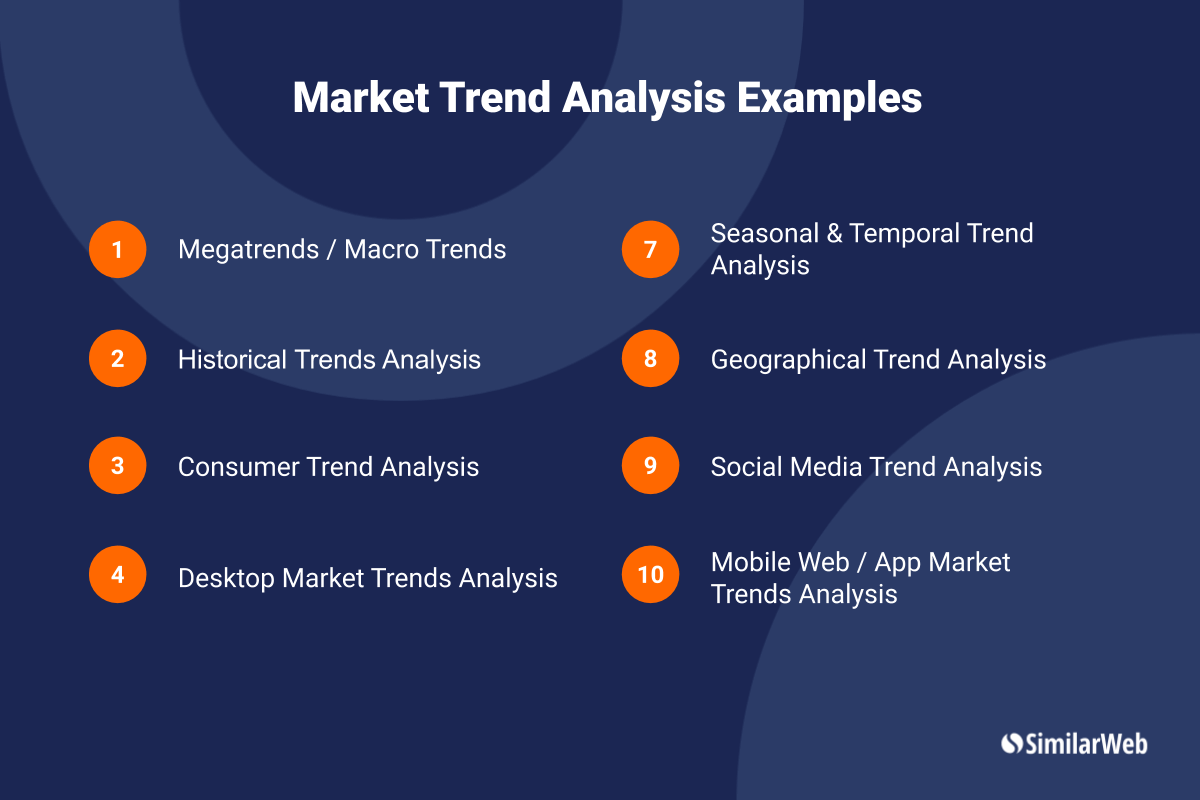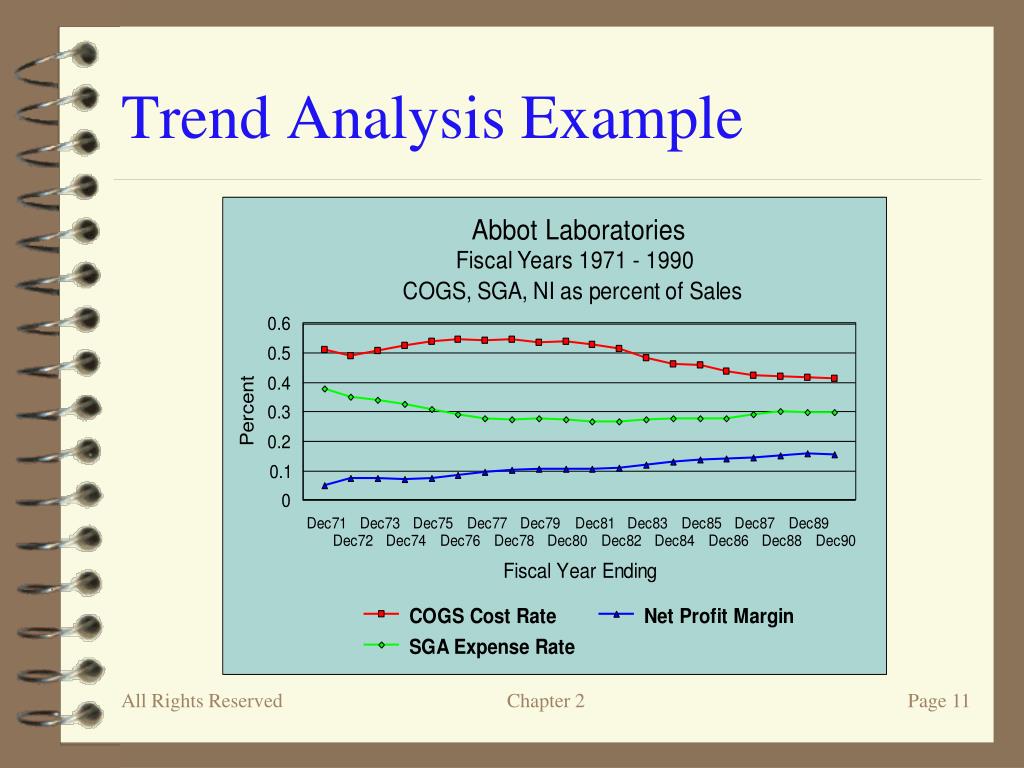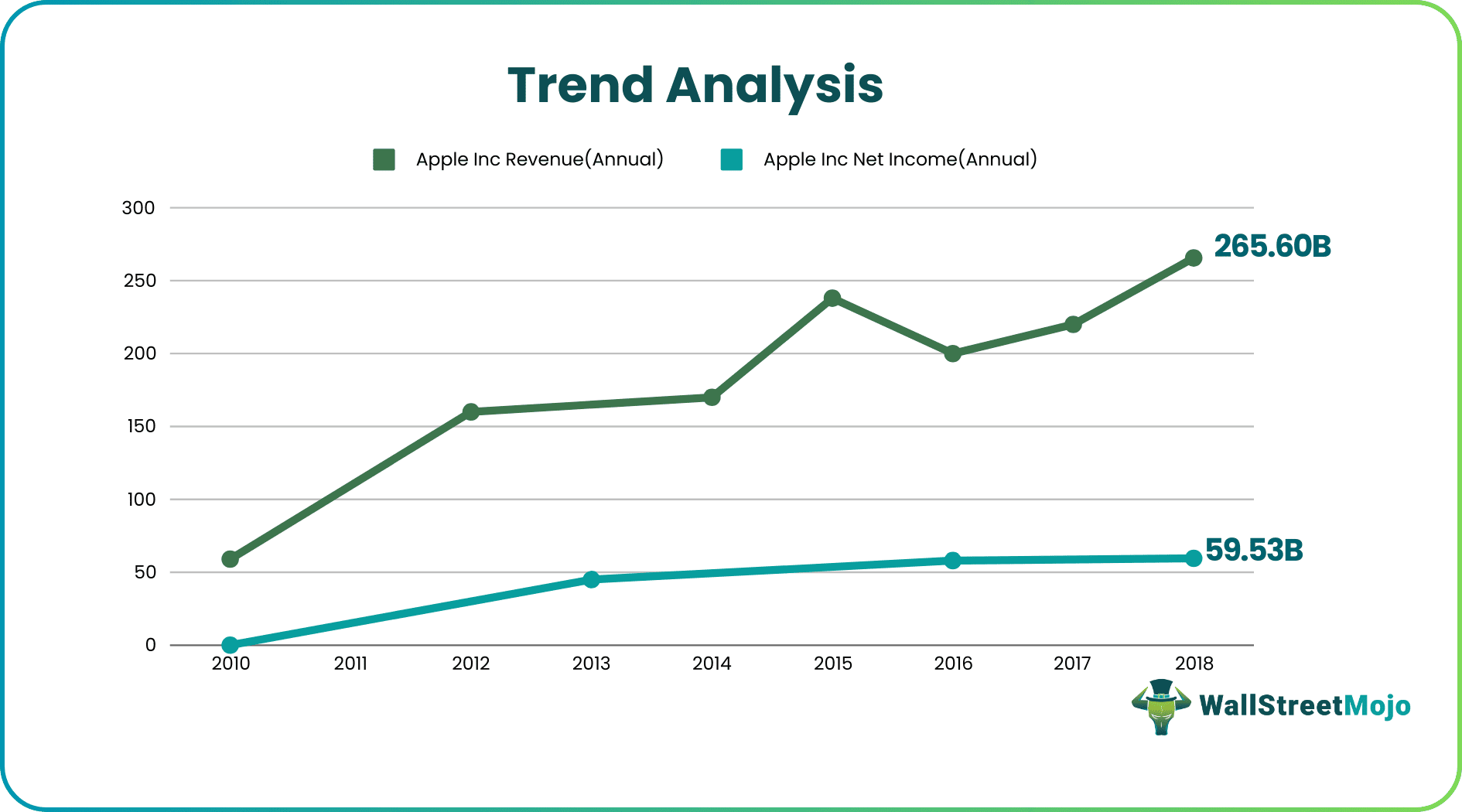For Which Company Can Trend Analysis Be Most Useful

Imagine strolling through a bustling marketplace, a kaleidoscope of sights, sounds, and smells assaulting your senses. Merchants hawk their wares, some with age-old techniques, others embracing the latest fads. Amidst this vibrant chaos, one astute vendor stands out, meticulously tracking the ebb and flow of customer preferences, anticipating the next big thing, and stocking their stall accordingly. Their secret? A keen understanding of trend analysis.
But which type of company can benefit *most* from the power of trend analysis? The answer, while seemingly simple, is multifaceted: It's the company poised to act upon the insights gleaned, the organization nimble enough to adapt, and the industry dynamic enough to offer a constant stream of evolving consumer behaviors and market shifts. This article explores which companies stand to gain the most from adopting trend analysis, delving into the characteristics that make them prime candidates for success.
The Retail Sector: Riding the Wave of Consumer Preference
The retail sector, with its direct connection to consumer spending and rapidly changing tastes, is an obvious frontrunner. From fashion to food, retailers must constantly stay ahead of the curve to remain competitive.
Trend analysis allows them to anticipate seasonal demands, predict the popularity of new products, and tailor their marketing campaigns to resonate with specific demographics. Think of Zara, whose fast-fashion model relies heavily on identifying and quickly responding to emerging trends on runways and social media.
According to a report by Deloitte, retailers who invest in data analytics, including trend analysis, experience 20% higher revenue growth compared to those who don't. It's not just about selling *more*; it's about selling the *right* things at the *right* time.
The Tech Industry: Innovation and Disruption
In the fast-paced world of technology, staying ahead of the curve is not just an advantage; it's a matter of survival. Companies in this sector are constantly vying for market share, launching new products, and disrupting existing industries.
Trend analysis helps them to identify emerging technologies, understand consumer adoption rates, and anticipate the impact of disruptive innovations.
Consider Apple. While they often present themselves as trendsetters, their product development is deeply rooted in analyzing technological trends and consumer feedback. By understanding where technology is heading, they can develop products that not only meet current needs but also anticipate future demands.
A study by Gartner suggests that companies that proactively monitor technology trends are 30% more likely to launch successful new products. This underscores the importance of not just reacting to trends, but actively shaping them.
The Financial Services Industry: Navigating Economic Currents
The financial services industry, often perceived as conservative, is increasingly embracing trend analysis to navigate complex economic landscapes. Investment firms, banks, and insurance companies use these tools to identify investment opportunities, assess risks, and predict market fluctuations.
For example, hedge funds often employ sophisticated trend analysis techniques to identify profitable trading strategies. By analyzing historical market data, economic indicators, and social media sentiment, they can gain insights into potential investment opportunities and manage risk effectively. According to a report by McKinsey, financial institutions that embrace data analytics, including trend analysis, experience a 15-20% increase in profitability.
Furthermore, fintech companies are leveraging trend analysis to personalize financial products and services, offering tailored solutions to meet the specific needs of individual customers.
The Healthcare Industry: Improving Patient Outcomes
The healthcare industry, while traditionally slow to adopt new technologies, is now recognizing the potential of trend analysis to improve patient outcomes and optimize resource allocation. Hospitals, pharmaceutical companies, and insurance providers are using these tools to track disease outbreaks, identify risk factors, and personalize treatment plans.
For instance, the Centers for Disease Control and Prevention (CDC) uses trend analysis to monitor the spread of infectious diseases, predict outbreaks, and develop public health interventions. Pharmaceutical companies utilize trend analysis to identify unmet medical needs, develop new drugs, and personalize treatment regimens.
A study published in the Journal of the American Medical Informatics Association found that the use of trend analysis in healthcare can lead to a 10-15% reduction in hospital readmission rates. This translates to significant cost savings and improved patient satisfaction.
The Media and Entertainment Industry: Capturing Audience Attention
In the fiercely competitive media and entertainment industry, understanding audience preferences is paramount. Streaming services, television networks, and movie studios use trend analysis to identify popular genres, predict the success of new shows and movies, and personalize content recommendations.
Netflix, for example, heavily relies on data analytics, including trend analysis, to understand viewing habits and tailor its content offerings to individual users. By analyzing what viewers watch, when they watch it, and how they rate it, Netflix can make informed decisions about which shows to produce and which to acquire.
This data-driven approach has allowed Netflix to become a dominant player in the streaming industry, with a loyal subscriber base and a constant stream of popular content.
Factors That Amplify the Benefits
While the industries mentioned above stand to gain significantly from trend analysis, the actual impact depends on several factors. The company must have a culture that embraces data-driven decision-making.
It must have the necessary infrastructure and expertise to collect, analyze, and interpret data effectively. Furthermore, the company must be willing to adapt its strategies and operations based on the insights gleaned from trend analysis.
Without these elements, even the most sophisticated trend analysis tools will be ineffective.
A Reflective Conclusion
Ultimately, the company that can benefit most from trend analysis is the one that understands its potential, invests in the necessary resources, and embraces a culture of continuous learning and adaptation. While the industries discussed in this article are particularly well-suited for leveraging trend analysis, its principles can be applied to any organization that seeks to understand its customers, anticipate market changes, and make informed decisions.
It’s not just about having the data; it's about asking the right questions and having the courage to act on the answers. The marketplace of today demands not just keen observation, but also the ability to predict the direction of the winds of change. The company that masters this skill is the company that will not only survive but thrive in the ever-evolving business landscape.
.jpg)
![For Which Company Can Trend Analysis Be Most Useful [Updated 2023] Top 10 Market Trend Analysis Templates for Crafting a](https://www.slideteam.net/wp/wp-content/uploads/2021/06/Market-Trends-Analysis-2.png)
